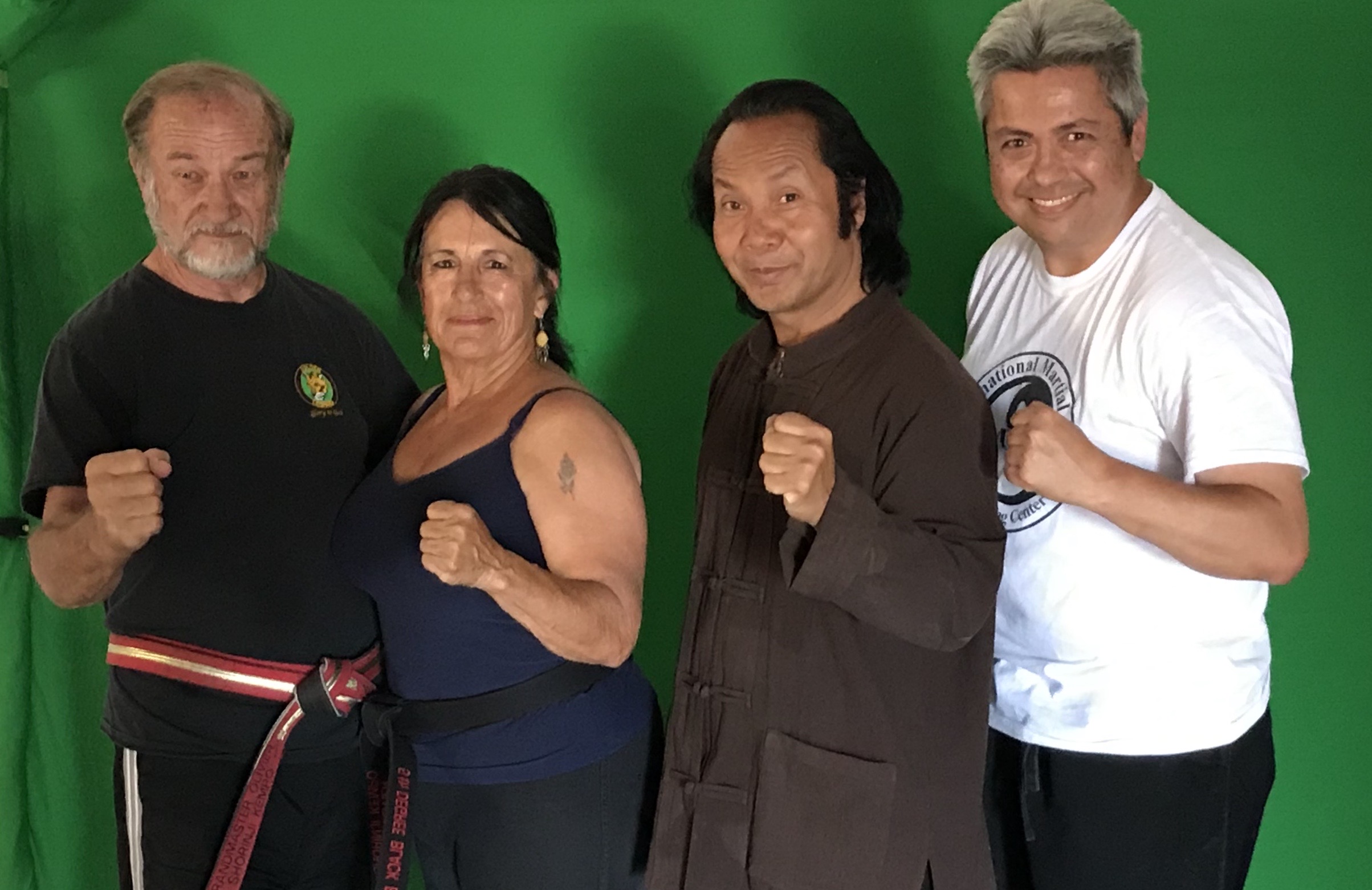A kata is a traditional floor routine of kicks, punches, and body movements in a pre-defined order. The moves represent martial techniques. In my article, Forms in Practice, I discuss why kata or forms are essential and how to improve your performance. I also talk about the effectiveness of kata practice for the student.
At Golden Leopard Kempo, kata are between 18 to 26 moves. We clump sets of kata together to form a long kata. Learning kata is the most common difficulty in learning Kempo. To make it easier, using ghestalting, we chunk the moves into small segments of the kata. Think of it as chopping up the kata into small sections. I have heard this called Line Drills, but I use the term drills when it involves two or more students.
We practice a chunk, the segment, of the kata in unison as a class so each student can see each other. By doing the exercise in unison, the student can practice the correct movement. Teaching forms in this manner helps the absolute beginner grasp the flavor of a particular kata.
It is easier if every student works on the same material at the same time. There are slight differences between the segment and the kata. The segments may have additional moves to make it practical for class and student management. For example, the segment may have a 180° turn and repeat the step while the kata doesn’t. ‛Turn and repeat’ facilitates class instruction.
This method of teaching kata helps in memorization and muscle memory. The kata segment aids memory retention and taps into group memory—more mental references provided by other students to support memory encoding and recall.
Once the kata segments are sufficiently memorized and practiced, learning the full kata sequence becomes easier. The student now has to remember section A, then section B, then section C, rather than 15 separate moves. We are using ghestalting to chunk our material into rememberable parts. The student recalls three items, not 15 items. Chunking reduces memory overload. We do this to remember our punch defenses, kick defenses, and kempos. Now, we use the same method for recalling kata.
It may seem strange that so a modern Kempo instructor would place so much emphasis on kata practice. Kata are not en vogue in contemporary arts. However, I have found that kata provides better body movement, transitions, and rootedness in my kata-practicing students. It is a fast way to get the nuanced qualities I seek in a student from the student. I implore you to consider keeping kata practice a focus of your training. And use our kata segments as a way to learn the kata efficiently.



